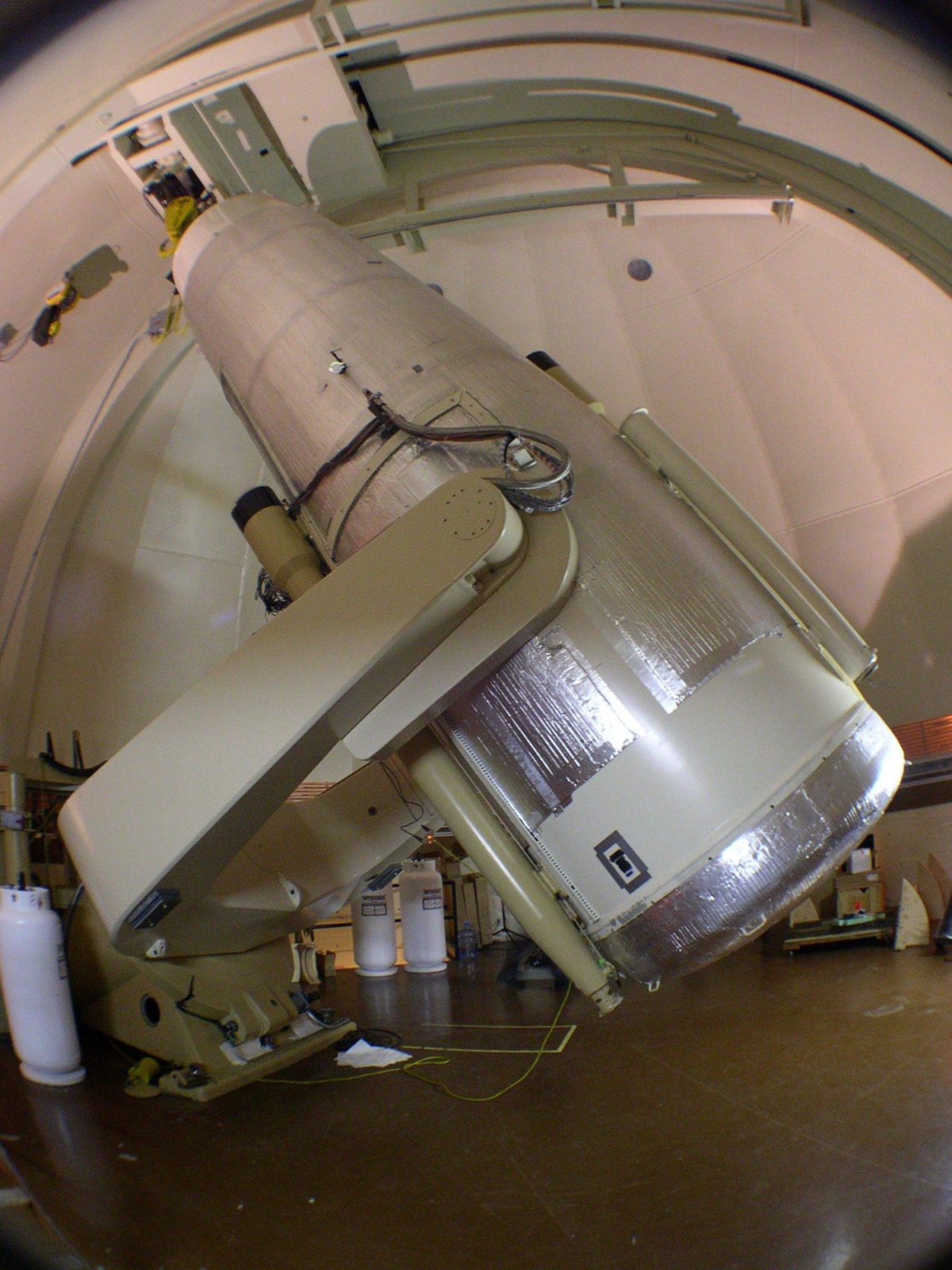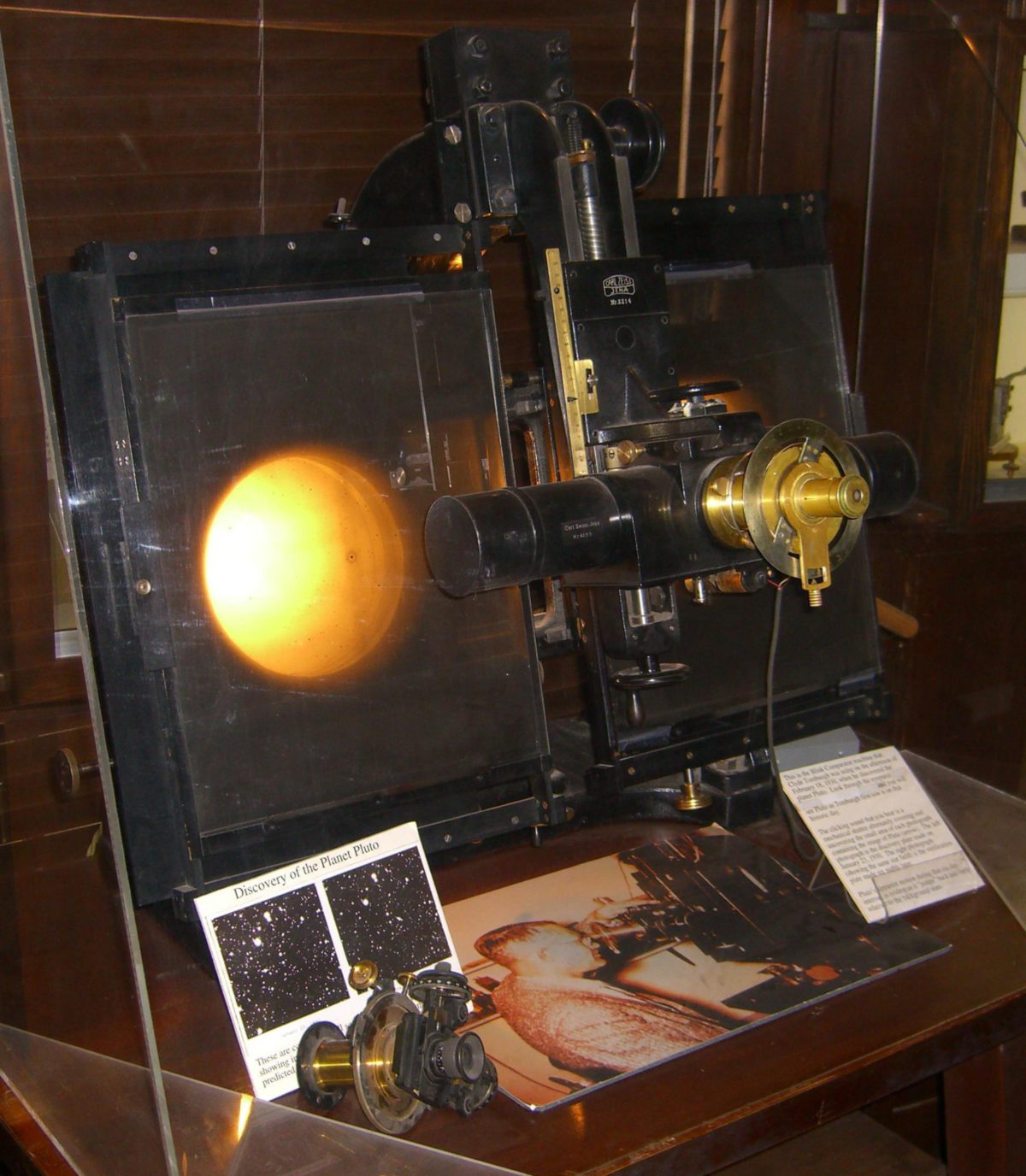Amir Alexander • Feb 17, 2005
The Discovery of a Planet, Part 6: From Pluto to Sedna
74 years after Clyde Tombaugh discovered Pluto as a faint dot on a pair of photographic plates, a modern group of astronomers made another remarkable discovery. On March 15, 2004, Michael Brown of Caltech, Chad Trujillo of the Gemini Observatory, and David Rabinowitz of Yale announced the discovery of Sedna – the furthest object ever detected in the Solar System. With a diameter of 800 to1100 miles, it is also the largest Solar System object discovered since Pluto, which comes in at 1400 miles.

Like Tombaugh in 1930, Brown and his colleagues are conducting a telescopic survey of the outer reaches of the Solar System in search of planet-like objects. On the occasion of the 75th anniversary of the discovery of Pluto, we decided to find out how much things have changed and how much they have stayed the same.
“We have it easy” Brown said when asked to compare his search to Tombaugh’s 75 years ago. We have to agree, and here’s why:
- The modern search is almost completely automatic. The 48 inch Samuel Oschin telescope at the Mount Palomar Observatory near San Diego is operated robotically, without the presence or involvement of any of the researchers. In 1930 Tombaugh had to spend each observing night in the unheated dome operating the telescope.
- Today, the telescope takes three separate pictures of each observed location during the course of a night, 90 minutes apart. Tombaugh, operating his equipment manually, managed only two images of each location, several days apart.
- Today’s images are recorded electronically by a CCD camera, and stored in a computer data base. Tombaugh hauled 14 by 17 inch photographic plates and tightened screws to hold them in place and give them a precise curve.
- The electronic images are first sorted by computer, which goes through them looking for any objects that may have moved during the observation time. Tombaugh had no such help – using a blink comparator he went over each and every star that appeared in his plates. During the seven months leading to his discovery of Pluto he had personally scanned a million and a half stars!
- Every morning the computer sends Brown the 50 to 100 most promising images from the observations of the previous night. Brown goes through them one by one, since, he says, “there’s nothing like an eye-scan in the end.” The entire process takes ten minutes. Tombaugh, scanning thousands of stars a day on the photographic plates, worked at the blink comparator nine hours a day.
- “I get to sleep at night” Brown says cheerfully. Tombaugh, obviously, didn’t.
Understandably, Brown considers Tombaugh’s achievement to be “one of the most remarkable personal feats in the history of astronomy.”

In other ways, however, not much has changed since 1930. “Clyde Tombaugh was the first to do searches as we do them today” said Brown. Like Tombaugh, Sedna’s discoverers point their telescope at regions of the sky that are in opposition to the Sun, looking for objects that exhibit retrograde motion. Just like in 1930 the modern survey moves through the skies as the Earth moves along its orbit, always pointing away from the Sun. And just like Tombaugh, his modern day successors take several images of the same spot with a time lag in between, looking for an object that has shifted its position.
Even the questions raised by the discovery of Sedna are similar to the controversies that followed the discovery of Pluto 74 years earlier: How big is Pluto/Sedna? Does it have a Moon? Is it alone, or a member of a class of objects orbiting nearby? And, most poignantly, is Pluto/Sedna a true planet?
For Brown, the parallels between the discoveries of Pluto and Sedna are inescapable. “Pluto was the first object we found in a region of the Solar System that we now know is populated by thousands of objects” he said. “Sedna is the first object to be found in the next further region.” And Brown is convinced that it will not be the last .
The Time is Now.
As a Planetary Defender, you’re part of our mission to decrease the risk of Earth being hit by an asteroid or comet.
Donate Today

 Explore Worlds
Explore Worlds Find Life
Find Life Defend Earth
Defend Earth

